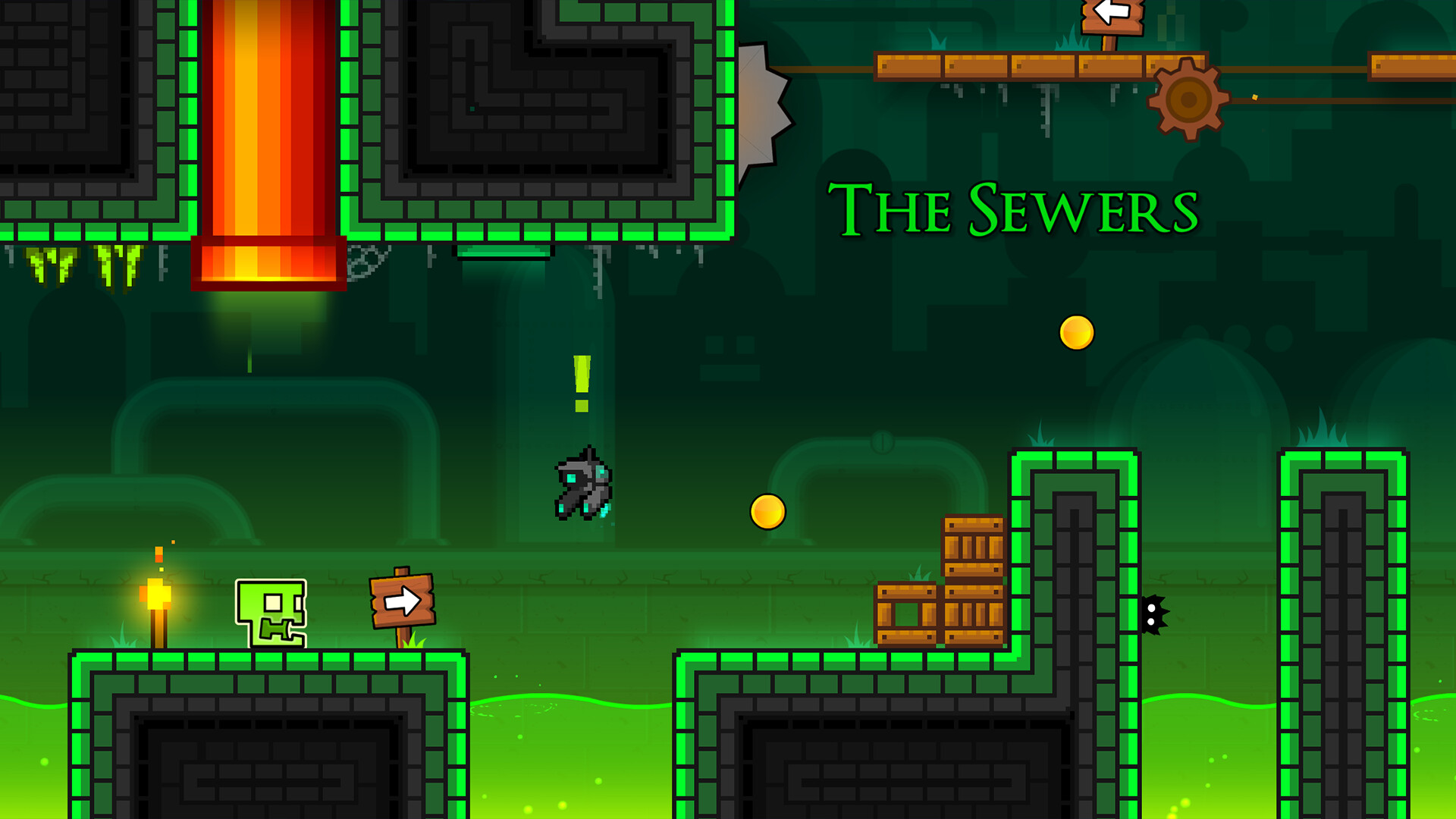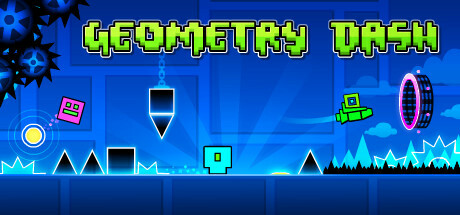Introduction
When Geometry Dash blasted onto the scene on December 22, 2014, it quickly transformed the rhythm‐platformer genre. Developed by Robert “RobTop” Topala, this simple-looking game invited players into a neon world where timing and precision mattered most. Even years later, it still stands strong. As a result, its minimalist idea—jumping, flying, and flipping with music—became a near‐impossible challenge that continues to attract millions of players.
Gameplay Mechanics
Geometry Dash’s core loop is easy to learn, yet it becomes hard to master. Furthermore, every level syncs with a lively track:
- Jump and Fly – Tap to leap over spikes or rocket through tight spaces.
- Gravity Flip – Switch gravity to run along ceilings, creating new twists.
- Practice Mode – Add checkpoints to retry difficult parts without restarting.
- Achievements & Rewards – Collect stars, complete daily tasks, and unlock icons.
Because the controls are simple but unforgiving, each attempt requires precision and fast reflexes.
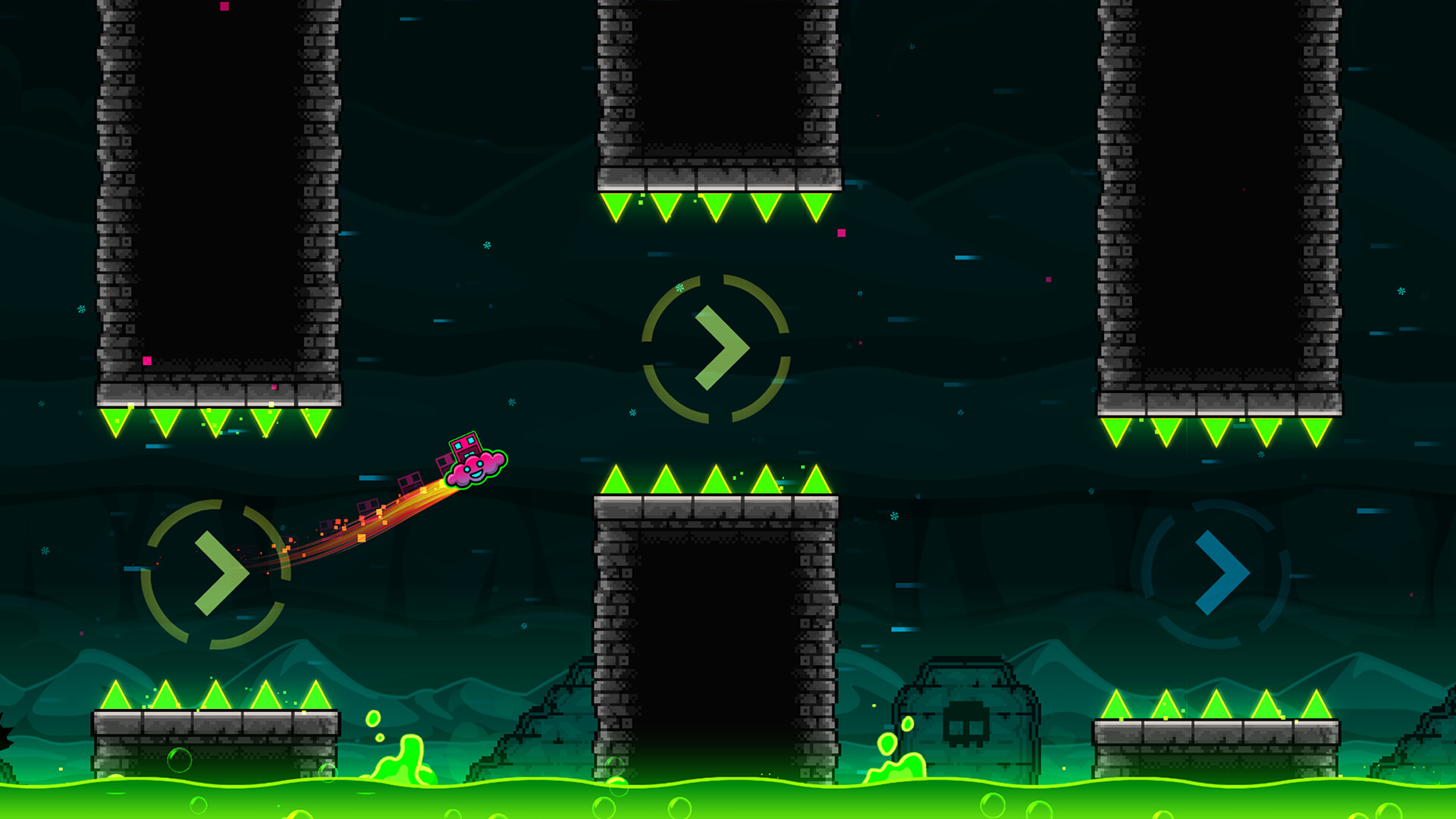
Visuals and Audio
Visually, Geometry Dash blends sharp vectors with glowing neon, which gives it a retro‐futuristic charm. Additionally, every level’s colors pulse with the soundtrack, forming a seamless rhythm.
- Bright gradients and dynamic shapes keep stages engaging.
- A clean, simple interface maintains focus.
- Energetic electronic, dubstep, and trance tracks guide timing.
Together, these elements ensure that when the beat drops, obstacles feel like part of the music itself.
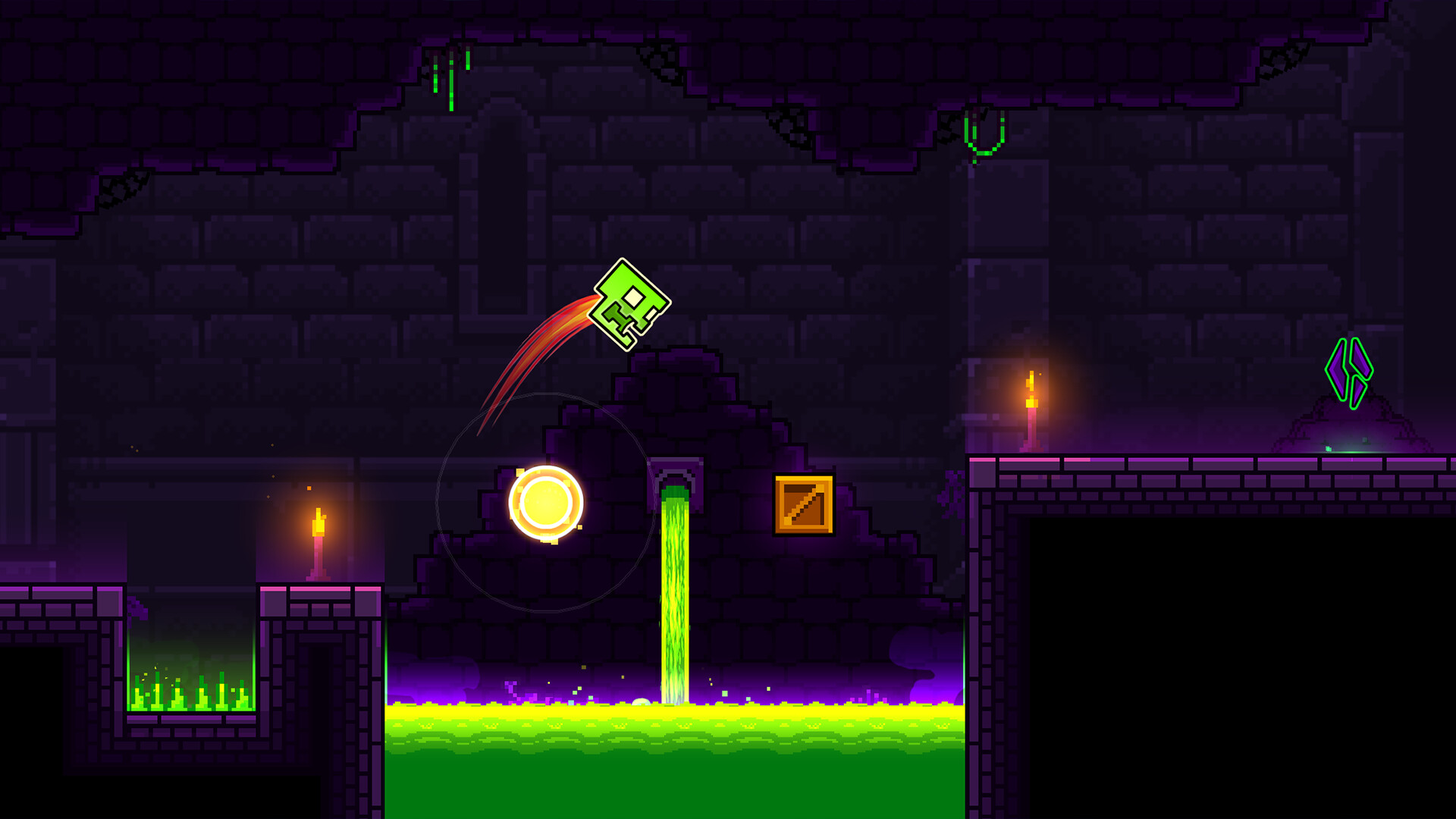
Level Editor and Community Creations
One of the game’s biggest strengths is its level editor. As soon as it launched, players began creating stages:
- Thousands of custom levels with unique music and obstacles.
- Community servers and YouTube creators showcasing inventive challenges.
- Platforms where designers trade tips and share feedback.
Therefore, the game’s lifespan stretched far beyond most mobile titles. Over time, casual players became designers, while creators earned recognition for their builds.
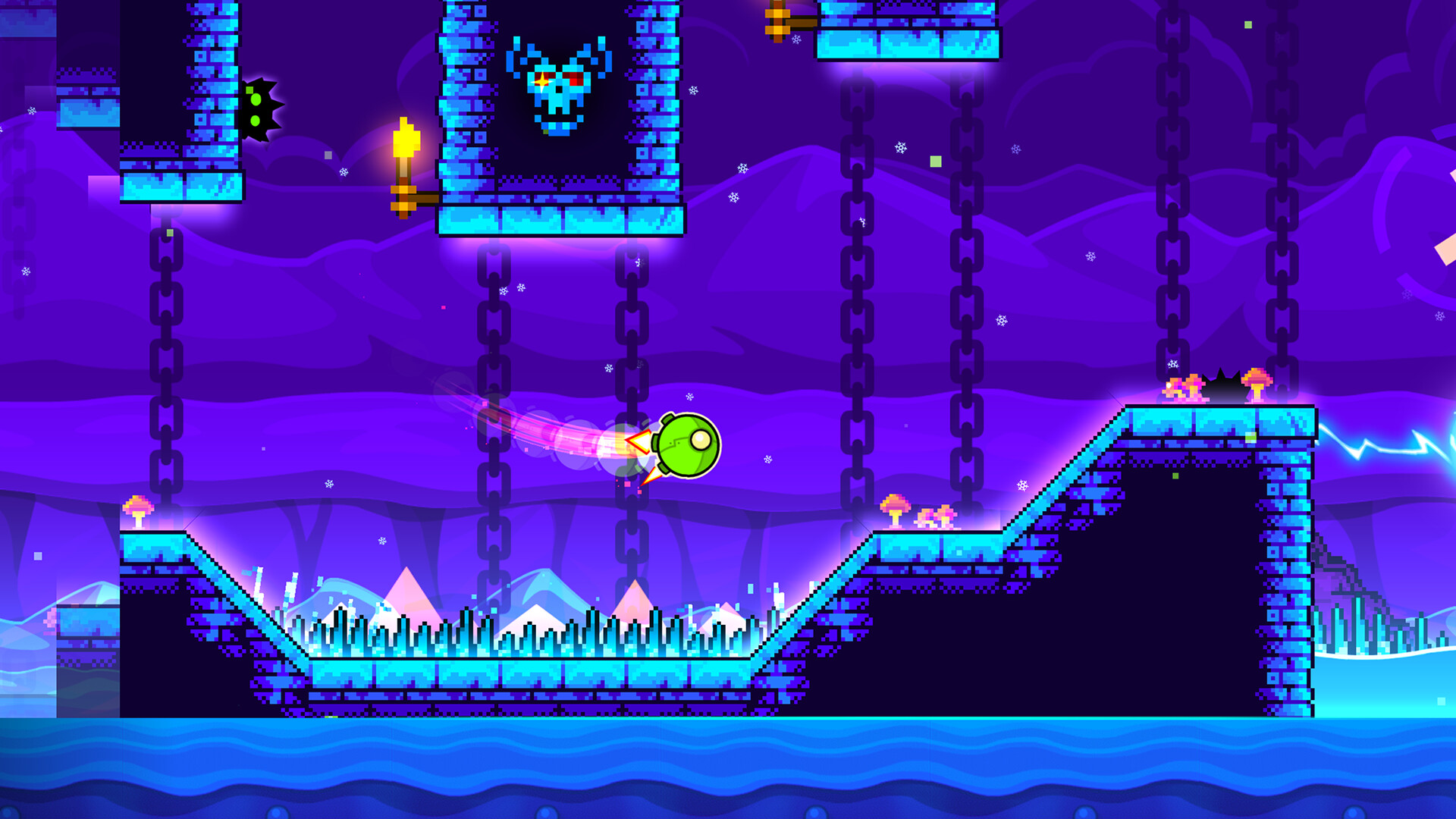
User Reviews and Reception
Geometry Dash boasts a “Very Positive” stamp on Steam, with 91% of its 10,316 recent reviews and 93% of 415,769 all‐time reviews praising its addictive gameplay and soundtrack. Players rave about:
- Strengths – Tight controls, phenomenal music synchronization, and endless replay value through community levels.
- Weaknesses – Steep difficulty curve can frustrate newcomers, and the hardcore focus on perfection creates a high learning barrier.
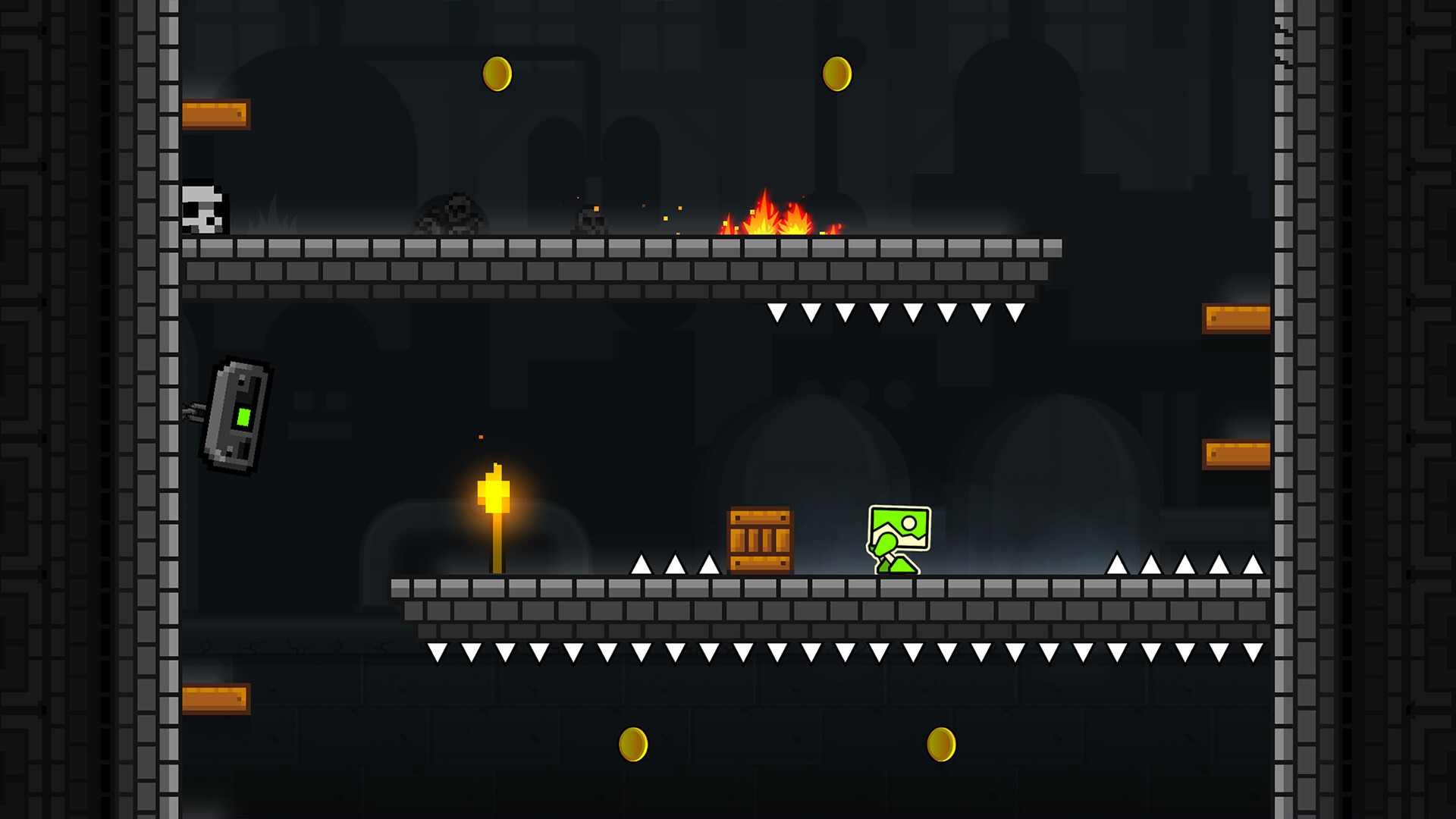
One top review notes, “Geometry Dash feels like a love letter to old‐school platformers—each spike and jump perfectly in sync with the beat.” On the flip side, some admit that “the frustration of repeating the same 10 seconds hundreds of times can be punishing, but oh-so rewarding when you finally nail it.”
Legacy and Impact
Eight years on, Geometry Dash remains a cornerstone of indie platforming. It inspired countless clones and spin‐offs while proving that small teams can deliver experiences rivaling major studio releases. Speedrunning communities regularly clock sub-two‐minute runs through “Stereo Madness,” and aspiring musicians compose tracks specifically for new levels. The game’s DNA is evident in titles that marry music with action, cementing its influence in modern design philosophies.
Conclusion
Geometry Dash’s lasting appeal lies in its elegant simplicity and community‐driven expansion. From its 2014 launch to its thriving ecosystem today, it has carved out a legacy as one of the most challenging—and downright fun—rhythm platformers ever made. Whether you’re a casual hopper or a die‐hard speedrunner chasing that perfect S‐rank, Geometry Dash remains the ultimate testament to precision, persistence, and the pulse of a perfect beat.
